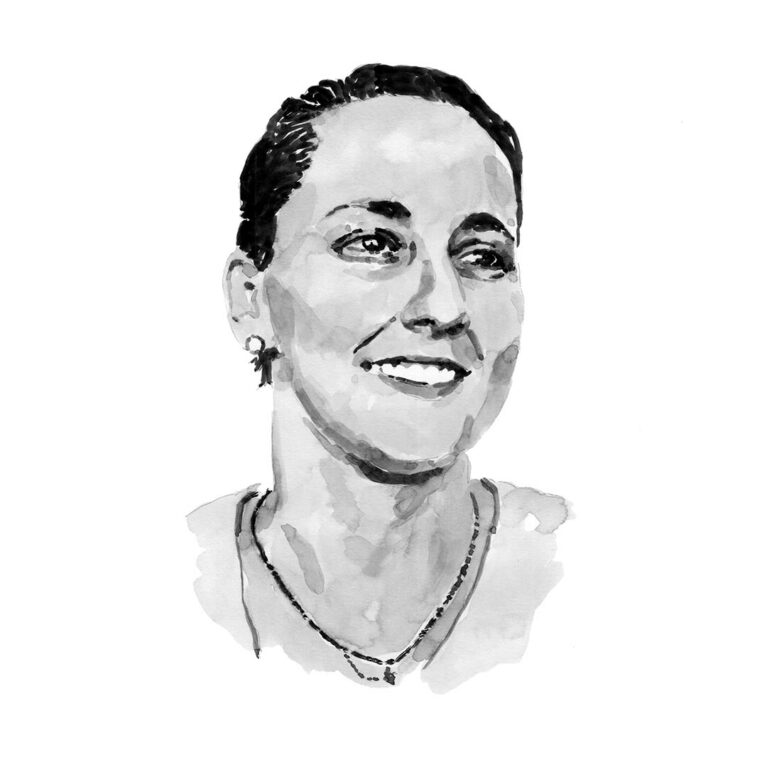Eloise Cave

Who I am
I grew up in Honduras, Central America, about two hours from the Pacific Ocean and eight hours from the closest beach on the Caribbean coast, so my exposure to anything marine-related was very limited. It wasn’t until I relocated to Florida with my family and visited the Miami Sea Aquarium at the age of 12 that I decided I wanted to work with marine animals when I grew up. Even then, my plan to become a marine biologist didn’t become concrete until I entered college. As an undergraduate I majored in biology, focusing on all the courses relating to marine science. This led me to attend a full semester by the sea at Harbor Branch Oceanographic Institute, where I studied subjects such as marine aquaculture, diversity and ecology, as well as oceanography. I then took the opportunity to conduct my first independent research study in a shark research lab. You can say that the rest is history! I was instantly enthralled by the world of sharks. Since then I have continued to dedicate my career to researching sharks, skates and rays and working towards their conservation. For my Master’s degree in biology I studied the effects of the BP oil spill on elasmobranch sensory systems. Now busy with my PhD, I am investigating the molecular ecology and conservation of sharks and developing methods that will improve knowledge about shark population genetics.
Where I work
My work is currently conducted at Florida Institute of Technology in Melbourne, on the east coast of Florida. The Indian River Lagoon, with its rich biodiversity – including a high density of sharks – flows through the town, but my research extends beyond Melbourne; the individual sharks that my research focuses on have been sampled from the western Atlantic, the Gulf of Mexico and the Caribbean. Although I am based at Florida Tech to conduct my research, my project has a much larger geographical reach.
What I do
This project focuses on developing tools for use in conservation genetic studies of the tiger shark, sharpnose shark, Genie’s dogfish shark and Cuban dogfish shark. In my laboratory, it is crucial to collaborate with other researchers who can share tissue and assist with its collection, and to build relationships with them. This is particularly important because to answer conservation questions at the population level, a large number of sampled individuals is required. My PhD research consists mainly of working in the lab on previously collected samples of shark tissue. The work I do includes extracting DNA from the tissue and subjecting it to polymerase chain reaction and gel electrophoresis. These are standard laboratory techniques used to amplify the genes we are interested in to answer questions about the sharks’ local adaptations and distribution. I then analyse the DNA sequences for genetic diversity across all our study species and different bio-geographic locations.
However, on occasion, we get the opportunity to assist other researchers in field work while simultaneously taking the opportunity to sample tissue for use in our research. A balance between working in the field and in the laboratory ensures that my research is never dull!
